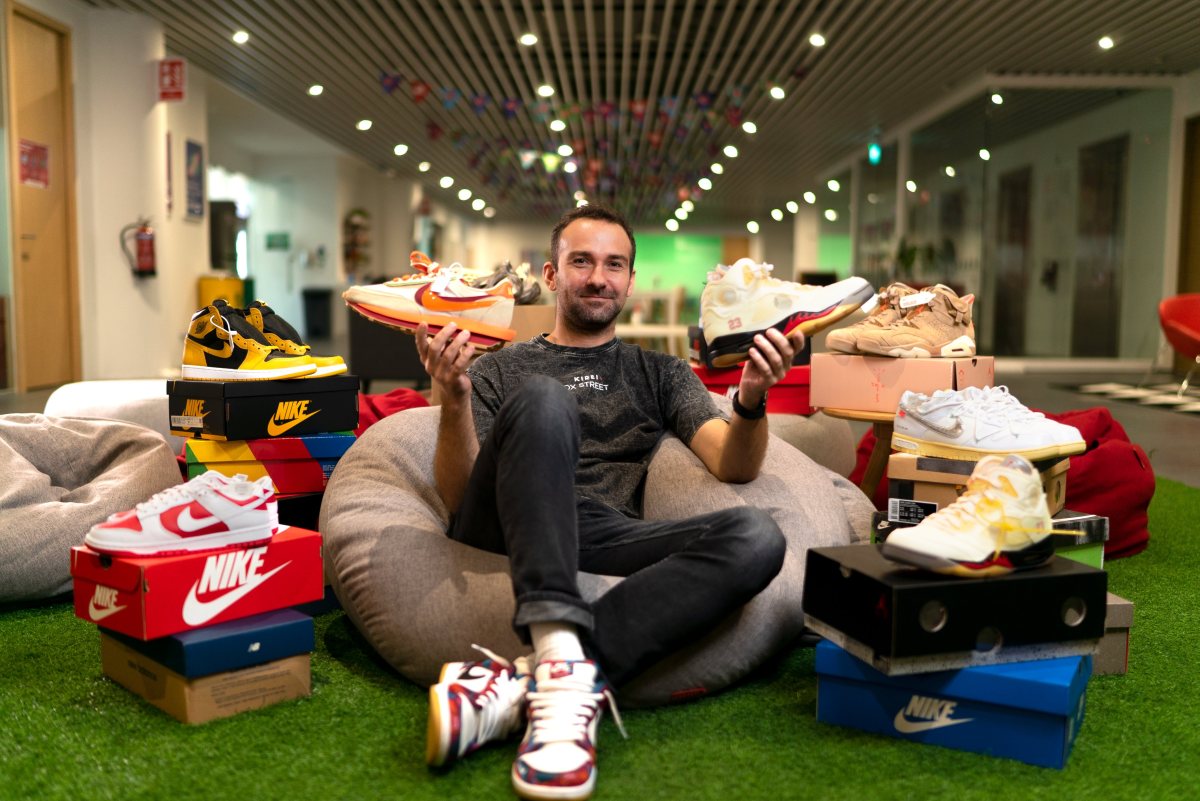Each year, more than US$54billion is spent on virtual goods, almost double the amount spent on music. As a result, more and more sneakerheads and fashionistas are treating their online persona as a vivid extension of their offline selves. These trends were brought to life during the recent Metaverse Fashion Week on the Decentraland platform. The event saw a combination of legacy luxury names in fashion such as Selfridges, Estée Lauder, Hugo, Karl Lagerfeld, and Tommy Hilfiger showcase wearable collections alongside digital-native brands.
With such a significant shift towards virtual fashion, brick-and-mortar stores and even e-commerce businesses relying upon physical goods will need to evolve to protect their futures. But these examples highlight how new commercial opportunities for retail companies are already opening doors. Moreover, with a wave of optimism in the air regarding the doors this shift will open for savvy online retail businesses, many are increasingly using this moment as an opportunity to diversify their product offering, blending both the physical and the digital.
How Direct to Avatar is transforming retail
As an emerging business model, Direct-to-Avatar (D2A) enables the selling of products directly to avatars or a user’s digital identity. For retailers, it removes the traditional headaches around supply chain management and the logistics of getting a physical product into the hands of consumers. Headlines that Fortnite generated $1 billion of its total $2.4 billion from in-game skins on the avatar marketplace are just one example of why we can expect the D2A economy to potentially reach $50 billion by 2022.
The benefits of D2A for fashion businesses in Australia include the creation of a new avenue to express creativity in speaking to young, digitally savvy audiences while diversifying their product offering. It also provides businesses a platform to deliver unique consumer experiences explicitly tailored to multiple platforms. But what is in it for consumers?
In the digital era, avatars are the extension of a consumer’s life beyond the IRL (in real life) world. Ultimately, they empower audiences to express themselves with greater exuberance through their avatars than they can in the physical world. Digital clothing is sustainable, unique, and a new frontier in a world where a recent survey showed 71% of consumers cite ‘sustainability’ of digital goods as being a purchase driver.
The direct-to-avatar model is linked closely to the direct-to-consumer model, allowing brands to side-step supply chains and sell streetwear or sneakers that don’t exist in real life directly to the avatars themselves. Alternatively, if the item does exist offline, it allows brands to give their fanbase the option to sync their online/offline look 1-to-1. For these reasons alone, we can expect the physical appearances of avatars to influence consumer behaviours both online and off.
It’s also important to remember that avatars also extend the scope of storytelling for brands. For example, a celebrity could licence their digital twin, send it off to do a campaign, and earn easy money without having to do any work themselves.
In many ways this shift towards D2A was inevitable. After all, at Ox Street we’ve been seeing early adopters in the digital fashion space for some time, leveraging new technologies to create immersive experiences to secure a presence within new virtual worlds and realities. A great example is Levi’s AR retail strategy using digital tools like an online co-watching video app where friends can shop together.
As audiences spend longer online in virtual spaces, brands must build a presence where their customers spend most of their time. As a result, early adopting brands are already experimenting with new technologies. Levi’s is an excellent example for brands to follow as a guide because they selected a tech partner, started small, and are experimenting across platforms and experiences. Sure, what may work today for AR might not be successful tomorrow, and it’s still a continuously shifting landscape, but brands need to be agile to go where their target market is.
Coping with the paradigm shift
As brands navigate these uncharted digital waters, they can experiment with creating digital clothing or even a video game to boost brand awareness and lead to sales of virtual goods that, in turn, arrive at a consumer’s home in their physical form. Teaming up with influencers to unite brands with avatars in new virtual worlds is another trend that will continue to grow in the world of D2A marketing. Some might also consider following in the footsteps of Ikea and experiment with the creation of their own virtual influencer.
It’s not a journey that any brand needs to make alone. It’s essential to partner with up-and-coming in-platform game creators in Roblox or similar platforms. For example, some brands create a campaign led by that creator and generate results in the platform’s digital currency. These are just a few ways to ensure that your brand remains ahead of the curve and doesn’t get left behind.
There will be many challenges along the way, such as securing commercial space in the myriad virtual worlds and being agile enough to evolve with trends. But we have been here before, and brands must start planning their strategy now or risk becoming the next Toys R Us or Blockbuster video.
The maturing of the metaverse will undoubtedly unlock new economic opportunities that will redefine brand engagement, product discovery, and online brand conversions, with augmented reality serving as a steppingstone into the virtual experiences. But what is your brand doing to prepare for the inevitable rise of the direct-to-avatar economy?
Gijs Verheijke is founder & CEO of Ox Street.

